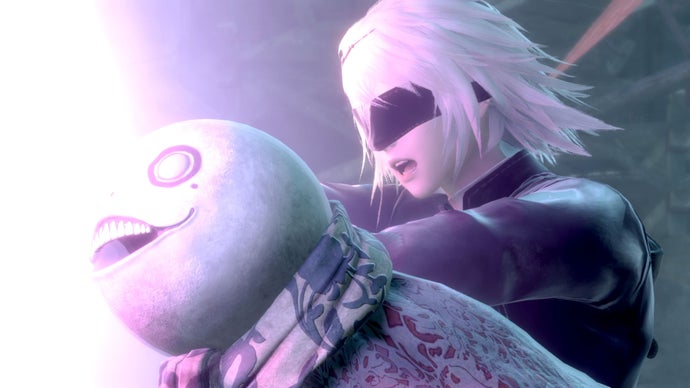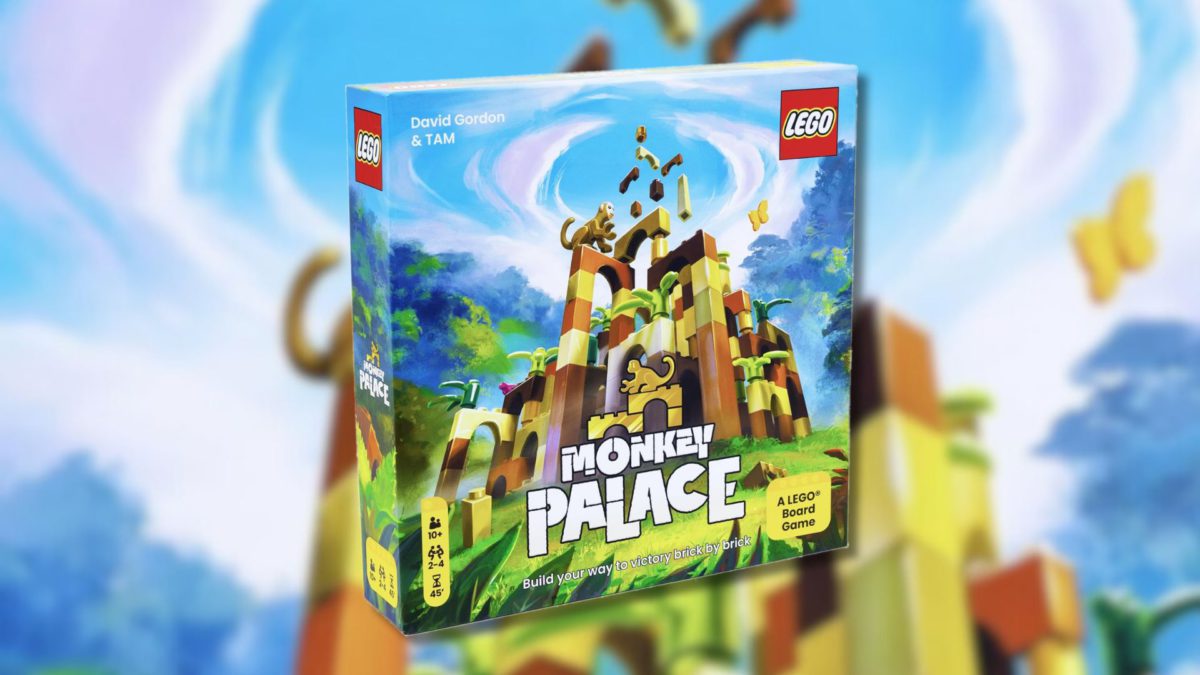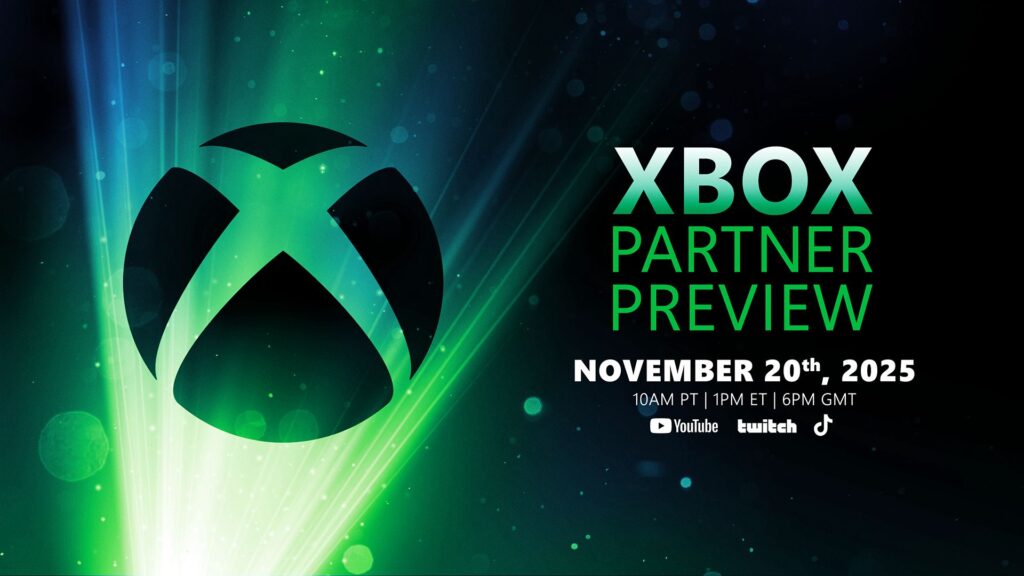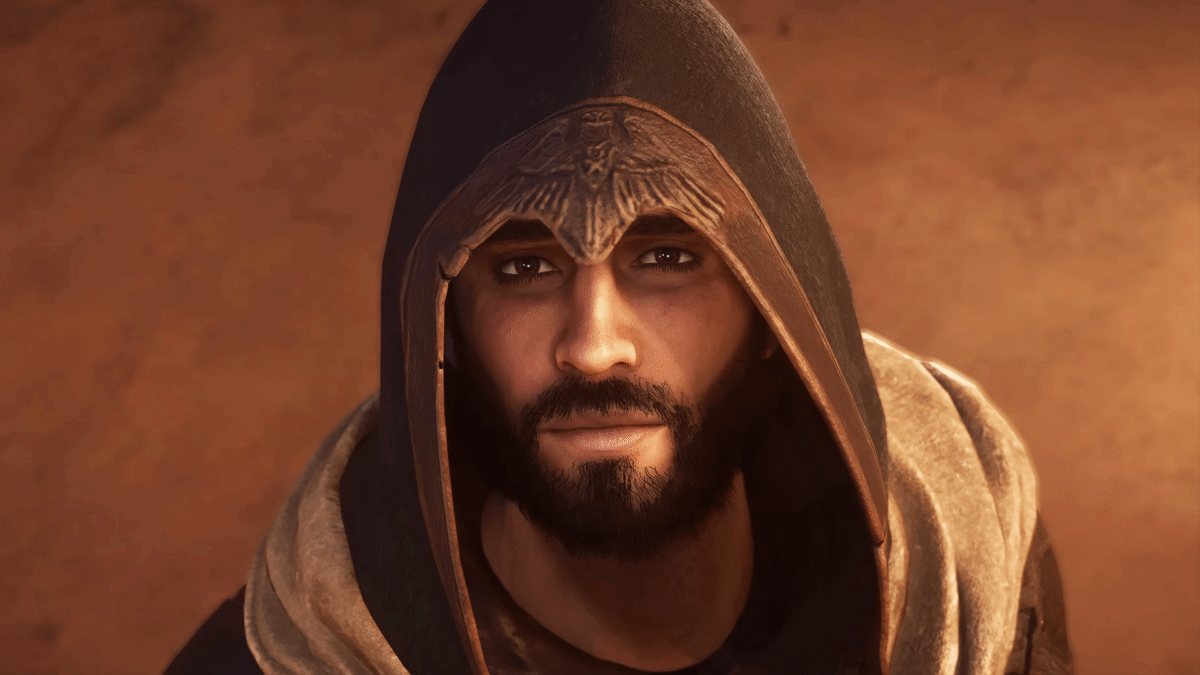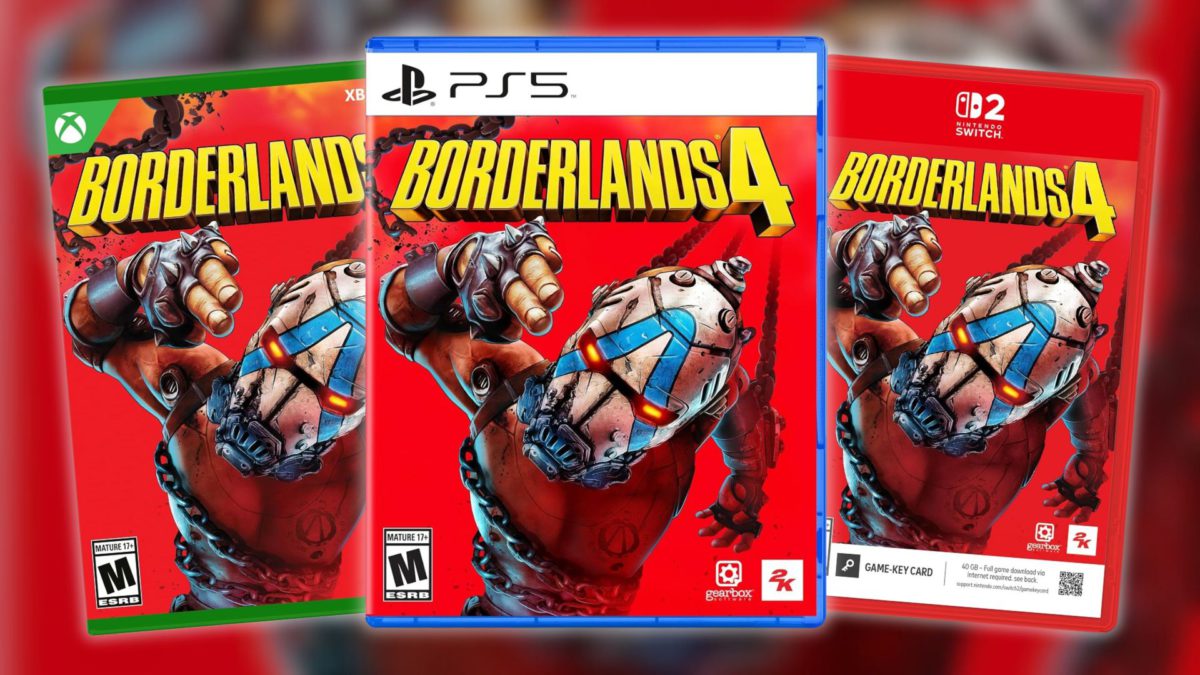We’re excited to reveal that the next Xbox Partner Preview – our broadcast that shines a light on upcoming games from our talented third-party partners – is coming this Thursday, November 20. This show will include news on upcoming games from partners including IO Interactive, Tencent and THQ Nordic, plus some brand-new reveals and Game Pass announcements.
During Xbox Partner Preview, we’ll show you an exciting first look at content coming to 007 First Light, an electrifying extended gameplay trailer for the upcoming dark fantasy epic Tides of Annihilation, and a fresh look at Reanimal, the new horror adventure from the creator of Little Nightmares, among other great games heading to Xbox consoles, Xbox on PC, and Xbox Game Pass.
Additionally, all the games featured during Xbox Partner Preview are Xbox Play Anywhere, which means you can enjoy every single one of them across console, PC and supported gaming handhelds with just one copy of the game.
Xbox Partner Preview is all about bringing you news from our partners across the globe; be it release date announcements, fresh new gameplay from upcoming titles, and world premieres of unannounced new games. We’re also excited to reveal that Jennifer English, who portrays Tides of Annihilation protagonist Gwendolyn, is our voiceover artist for the show. And as always, Xbox Wire will post exclusive deep dives and behind-the-scenes stories about select titles shown during the broadcast.
The event will be broadcast digitally on Thursday, November 20, at 10am Pacific / 1pm Eastern / 6pm UK across our Xbox channels on YouTube and Twitch. Find out all the details below:
What time does Xbox Partner Preview begin? Thursday, November 20, at 10am Pacific / 1pm Eastern / 6pm UK.
How do I watch? Xbox Partner Preview will be available through a variety of outlets:
Please note, YouTube.com/Xbox will be in 4K at 60fps, while all other channels will be 1080p / 60fps.
Is the event available in languages other than English? We will be providing live subtitle support in the following languages: Simplified Chinese, French, German, Italian, Japanese, Korean, Polish, Brazilian Portuguese, Castilian Spanish and Mexican Spanish.
Aside from going directly to a regional Xbox channel, you’ll be able to find 30+ languages at YouTube.com/Xbox in the days following the show. Just click the gear icon in the lower righthand corner of the primary stream to choose the language of your choice.
Is the show going to be Accessible to those with low/no hearing or low/no vision? There will be a version of the show with Audio Descriptions (AD) in English on the Xbox YouTube channel, and American Sign Language (ASL) on Xbox’s YouTube channel and the /XboxASL Twitch channel.
I’m not going to be able to watch, where can I find out what was announced? A full show recap will go live immediately following the end of Xbox Partner Preview. As announcements roll out during the broadcast, the Xbox Wire team will be publishing exclusive blog posts about select titles right here on Xbox Wire (including localized versions in Brazilian Portuguese, French, German, LATAM Spanish, and Japanese).
Co-streamer and content creator notes for the Xbox Partner Preview: We at Xbox greatly appreciate any co-stream efforts and aim to ensure you have a smooth experience if you choose to do so. However, due to forces beyond our control, we cannot guarantee that glitches or disruptions by bots and other automated software won’t interfere with your co-stream. For those planning to create post-show breakdowns of Xbox Partner Preview in the form of Video on Demand (VOD) coverage, we recommend you do not use any audio containing copyrighted music to avoid any action by automated bots, and to also consult the terms of service for your service provider.
We can’t wait for you to join us on Thursday for the next Xbox Partner Preview! See you soon.
